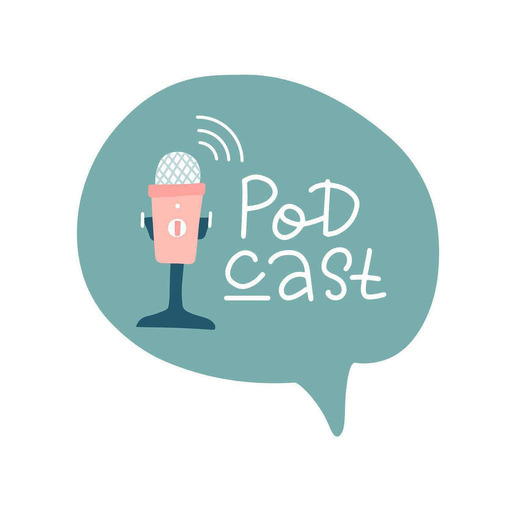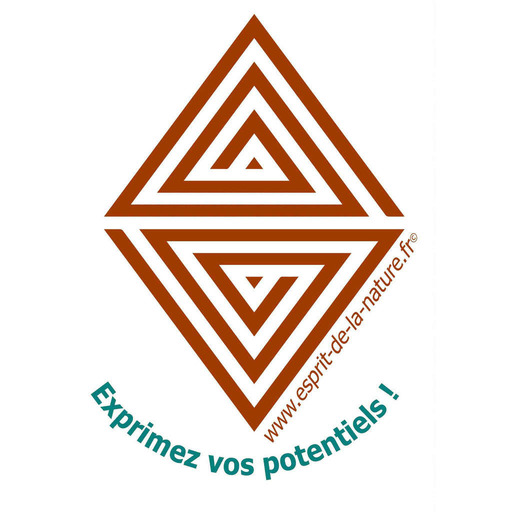So you've learned how to sew and now you want to up your game to the next level, embroidery. Or maybe you just loved embroidery and want to try it out. Maybe it's a group project you've started, or maybe you're just bored and want to learn something new. Whatever drew you to this reading doesn't matter, aside from the fact that you need to know how to embroider, and you're trying to figure out where to start. Lucky for you, this article is a good place to start. From this article you will learn how to do basic embroidery, from doing it yourself, through hand embroidery tips to machine embroidery tips and tricks to improve your skills and the confidence you need to tackle your next embroidery project.
To know more about Machine Embroidery Designs, check our website
The tools you need for hand embroidery
Embroidery is a kind of art. And just as a painter would need a brush and the right type of paint to create a creative image on a piece of canvas, as an embroiderer there are certain tools that are necessary for your project to come to fruition.
needles; the needle is like the painter's brush, so it has to be the right needle. Any needle can be used to pull a thread through fabric, but the right needle will ensure a better embroidery result and a significantly less frustrating embroidery experience the first time. The range of needles is based on size and shape, making them useful for different embroidery stitches.
The Crewel needle is the most basic embroidery needle used for all types of embroidery stitches. It is designed with a medium long eye that is slightly larger than the shaft. There is also the tapestry needle which has a shorter shaft, a relatively longer eye and a dull point. The tapestry needle design is intended for counted cross stitch embroidery, surface embroidery where lace and spanking is involved due to its blunt point. Then there is the miller's needle, which is commonly known as the straw needle which is characterized by its short eye and long shaft. The miller's needle design makes it ideal for wrap stitches, so you might consider getting it for casting stitches, bullion knots, or French knots.
hoops; As a beginner in embroidery, the hoop is your best friend. The hoop helps keep the fabric tight to prevent stitch riding, which is unavoidable in embroidery unless you're a serious professional. It also helps frame the embroidery to guide the stitch path. You can get plastic and wooden varieties of hoops.
embroidery scissors; They are scissors designed specifically for this job. They have smaller, thinner blades that make them very sharp. This design helps them get as close to the ground fabric as possible to make clean cuts of the sewing thread.
Embroidery tips for different types of thread
Of course, the thread has not been forgotten. The thread is like the paint that creates the picture that the embroiderer intended. Depending on the embroidery you can choose a single color or several. But that's not the only thing to keep in mind when it comes to embroidery. There are different types of thread that are ideal for distinctive embroidery projects and/or experiences.
Rayon yarn; This is the most common embroidery thread in the business, well known for its brilliant colors and silky sheen. It is widely available in a variety of colors. However, rayon thread is not ideal for a beginner as it knots easily. If you have to use it, then slightly dampen the thread or use it in short lengths to reduce the tangling effect.
Find more on https://embroiderydesignfiles.com/
Publié le par Education
© 2025 All Best Podcasts
Les podcasts externes de ce site sont récupérés à partir de liens publics (Feed XML/RSS) qui nous ont été fournis par nos utilisateurs ainsi que des partenaires.


 Education
Education

